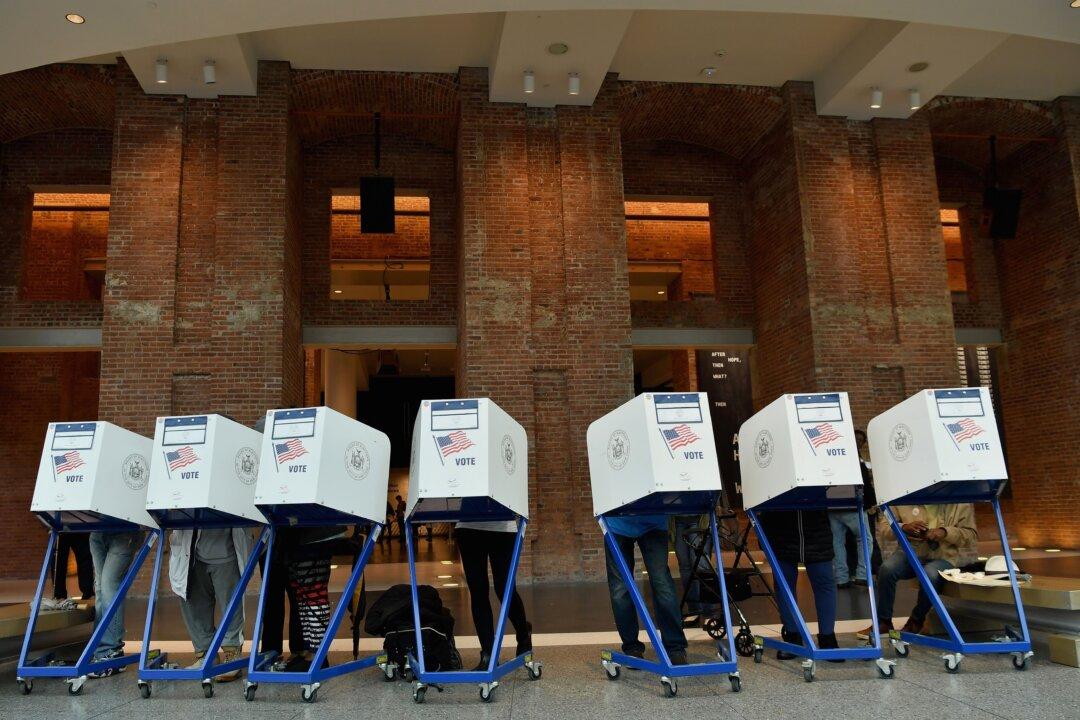Commentary
We recently completed a study, “A Model to Forecast Midterm House Election,” that has been published in Social Science Research Network. This study identified the major socio-economic and political factors that determine the swing of seats by political party during midterm elections for the House of Representatives.



